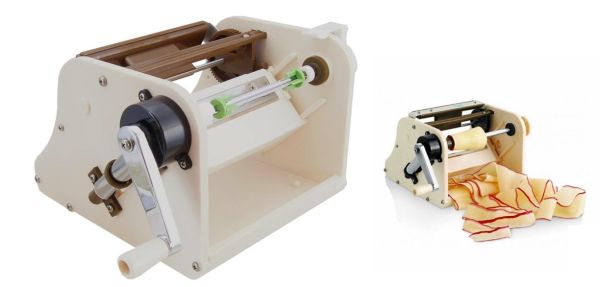Language
WORLDWIDE SHIPPING
Taglia verdure a lasagne - taglio Katsuramuki
€559.00
€458.20
Availability:
In stock
La tecnica per tagliare le verdure è indispensabile in giappone per ottenere dei piatti perfetti, con cotture omogenee.
L'arte di tagliare le verdure è data da una grande abilità, coltelli affilati e un'ottima tecnica.
La rapa bianca tagliata finemente per accopagnare il sashimi è realizzata dalla tecnica del taglio katsuramuki.
La tecnica prevede di pelare il daikon con un coltello piatto, girando attorno per ottenere una foglia più sottile possibile e lunga.
Questo taglio viene realizzato in modo perfetto con questo tagliaverdure, che consente la realizzazione di fogli sottili di zucchini, carote, rape, patate e tutte le verdure e la frutta, con lo spessore omogeneo.
Con questo taglia lasagne di verdure il taglio e veloce potrete realizzare piatti deliziosi da cucina stellata.
Dotato di 1 lama, può tagliare vegetali con un larghezza massima di 120 mm.
Made in Japan
ATTENZIONE NEL VIDEO ESEMPIO DEL TAGLIO A SPAGHETTI, NON PRESENTE NEL SET. SOLO TAGLIO LASAGNE LISCIO
Tempi di spedizione: 10 giorni
L'arte di tagliare le verdure è data da una grande abilità, coltelli affilati e un'ottima tecnica.
La rapa bianca tagliata finemente per accopagnare il sashimi è realizzata dalla tecnica del taglio katsuramuki.
La tecnica prevede di pelare il daikon con un coltello piatto, girando attorno per ottenere una foglia più sottile possibile e lunga.
Questo taglio viene realizzato in modo perfetto con questo tagliaverdure, che consente la realizzazione di fogli sottili di zucchini, carote, rape, patate e tutte le verdure e la frutta, con lo spessore omogeneo.
Con questo taglia lasagne di verdure il taglio e veloce potrete realizzare piatti deliziosi da cucina stellata.
Dotato di 1 lama, può tagliare vegetali con un larghezza massima di 120 mm.
Made in Japan
ATTENZIONE NEL VIDEO ESEMPIO DEL TAGLIO A SPAGHETTI, NON PRESENTE NEL SET. SOLO TAGLIO LASAGNE LISCIO
Tempi di spedizione: 10 giorni
FAQs

 IT
IT FR
FR
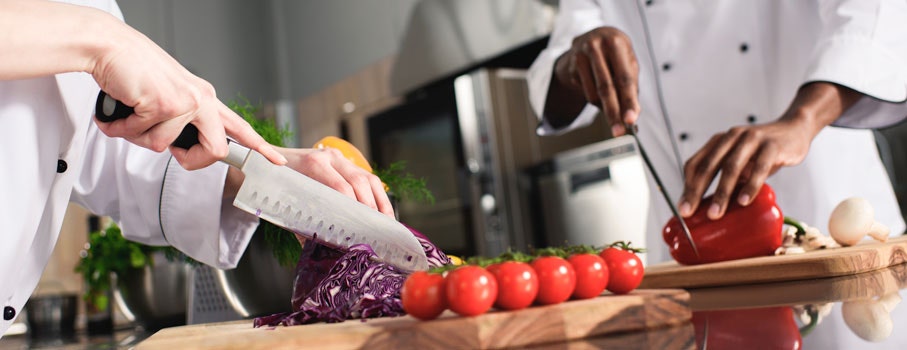
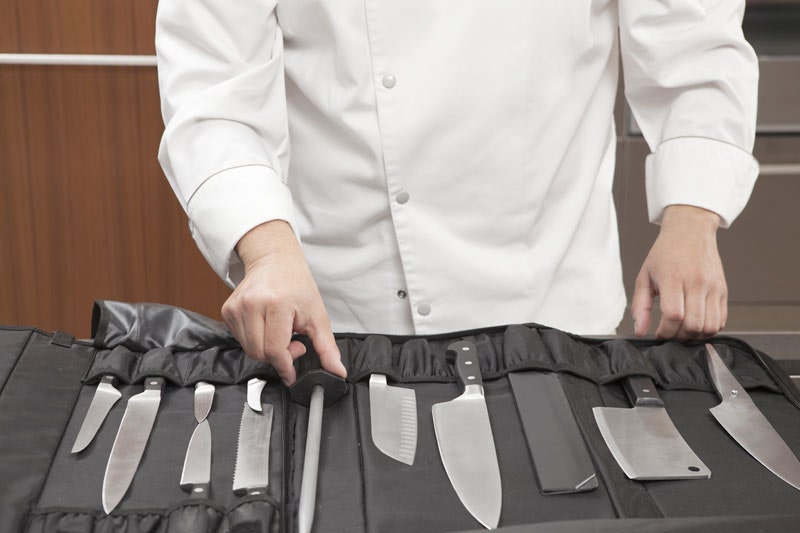
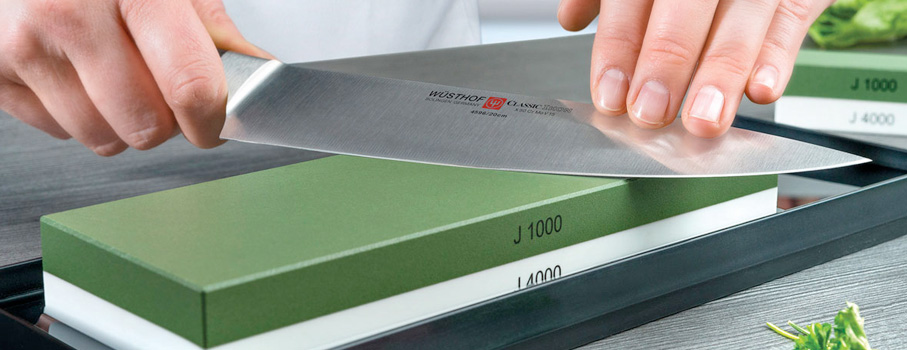
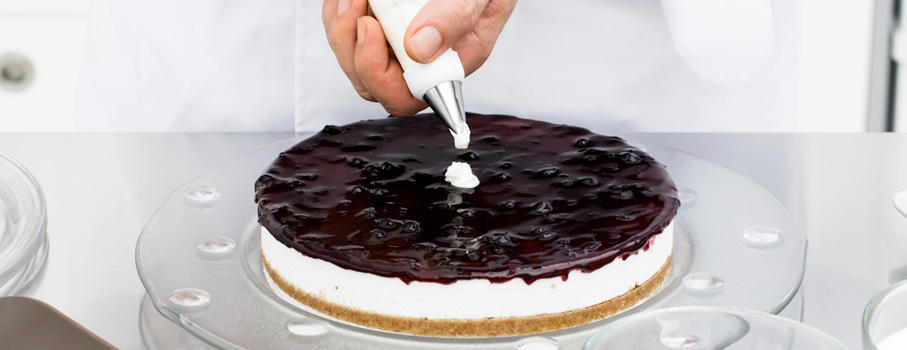

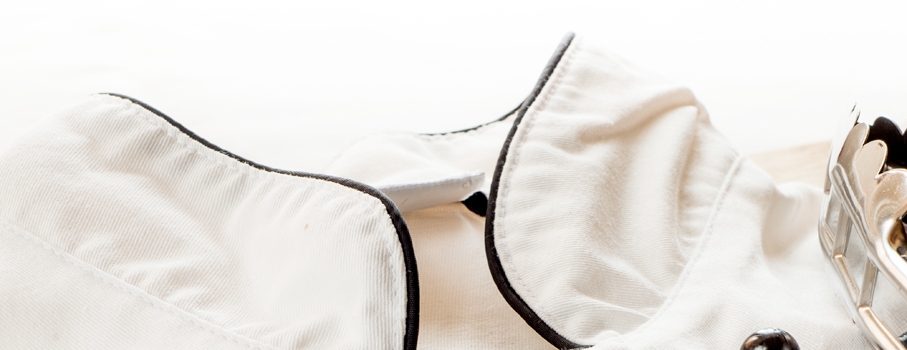
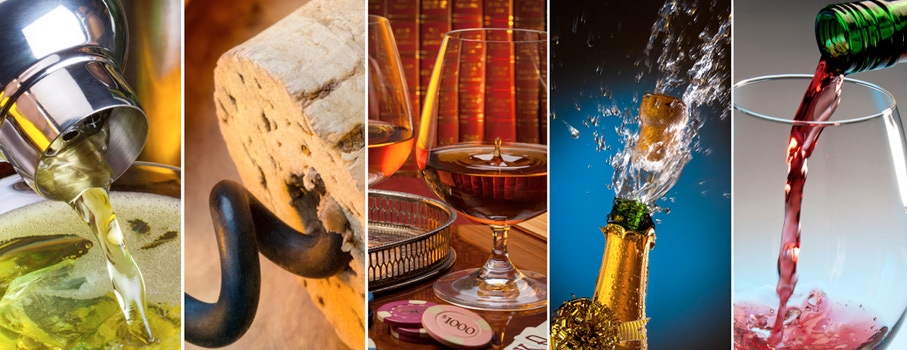
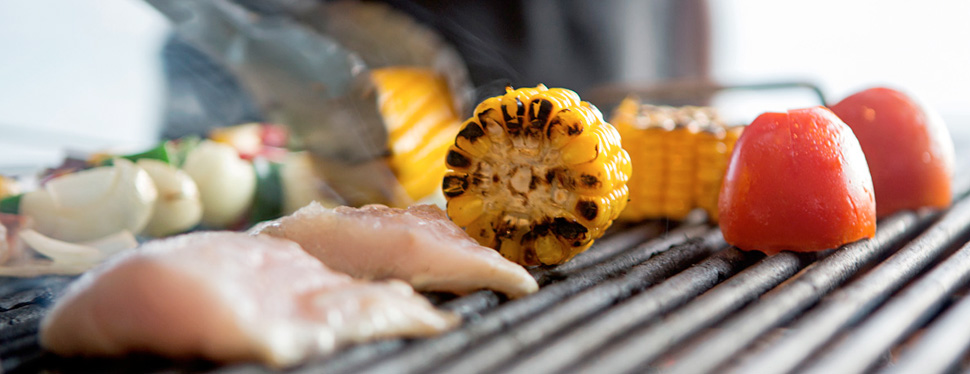

 IT
IT FR
FR
